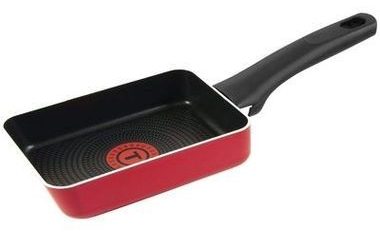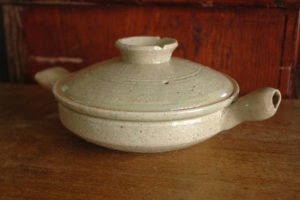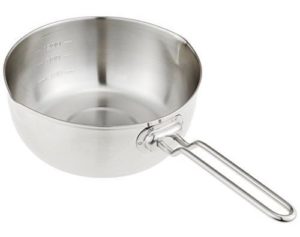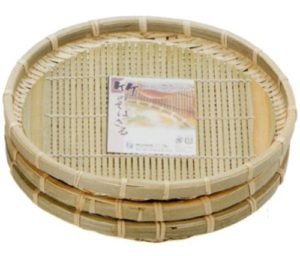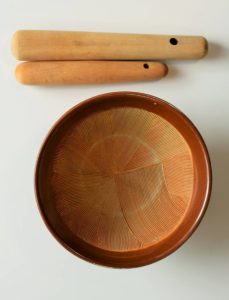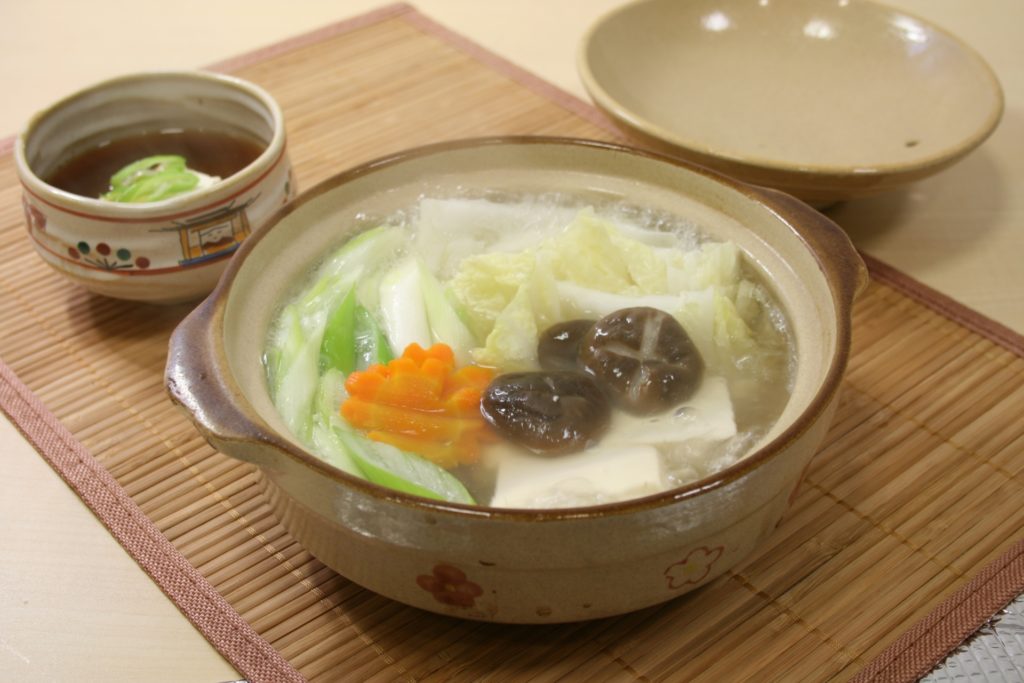
When talking about cooking Japanese food, having the proper Japanese kitchenware is one of the most important steps, just as important as the ingredients. What comes to mind when you think of a Japanese kitchenware? Get your Japanese kitchen ready before Christmas season with the following items, and they won’t cost you much but will bring you more dishes from other cultures. We are bringing to you some of the best traditional Japanese kitchenware today, hope you can find the one you like from the list below.
Table of Contents
Tamagoyaki (Japanese Omelette) Pan
Tamagoyaki is a popular breakfast and snack in Japan. It’s made of eggs, soy sauce, and sugar. This unique rectangular, shaped pan is essential for your Tamagoyaki cooking. A non-stick small size Tamagoyaki pan does not cost much (Enough to feed a family of three unless you have a big family.), it is easy to wash and make the perfectly sized omelet. And also, It’s useful for cooking other dishes as well such as traditional British Omelette or just a simple pan-fried egg.
Donabe (Earthenware pot)
A traditional, which means “earthenware pot,” is made of special clay which can withstand cooking on an open flame. Simply put rice in the pot, add the appropriate amount of water and turn on the fire, easy like electronic rice cook. Japanese families get out their beloved every winter because of its multifunction – you can cook anything in it such as the hot pot or stewed food. Due to the specialty of clay, will remain hot for a long time even after removing from heat. It’s great for winter cooking.
Yukihira Nabe (Japanese Sauce Pot)
These one handled aluminium traditional Japanese pots are widely used in the restaurant’s kitchen and home cooks in Japan. You might be more or less saw it in the Japanese restaurant or on TV. These pots are light in weight and have good heat conduction. Due to the aluminum body, heat can distribute quickly for fast boiling, and also cool down quickly too, which allowing you to place it on a few sheets of newspaper without scorching anything after removed from heat in a minute or two. The pouring spout on it sides also allows you to pour out easily.
Zaru (Bamboo strainer)
Bamboos seem like the common material in Japanese restaurant or kitchen, such as Sushi rolling mat or Soba plate. One of the main reasons why bamboos are good for food is because metal can negatively affect the taste quality of foods while bamboo doesn’t. Thus, when it comes to rinsing, draining, cooling or drying food, the bamboo strainer has its play. Not only for draining water, but you can also use it as food plate to carry noodles or sushi or other cold food.
Surikogi and Suribachi (Japanese Mortar and Pestle)
Japanese mortars and pestles are different from western style. It’s commonly used to grind sesame seeds or other nuts or spices, but it works well for both grinding or mixing like garlic or pepper. The pestle part is made of wood instead of stone, so it won’t damage food’s taste during the grinding process. And tiny grooves found inside of mortar have really pulverised the ingredients.
After Word
Japanese kitchenwares are ranging from simple, traditional utensils to high-tech modern appliances. Both sides provide you a yummy dish and make cooking much more convenient. Pick from the list above or our shopping site to stock your kitchen, and start cooking some healthy and delicious Japanese food in the Christmas season!
Service Flow
We bid on your behalf and ship the items you win to your address overseas! →See more

